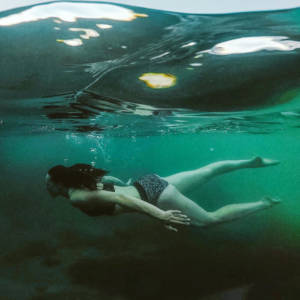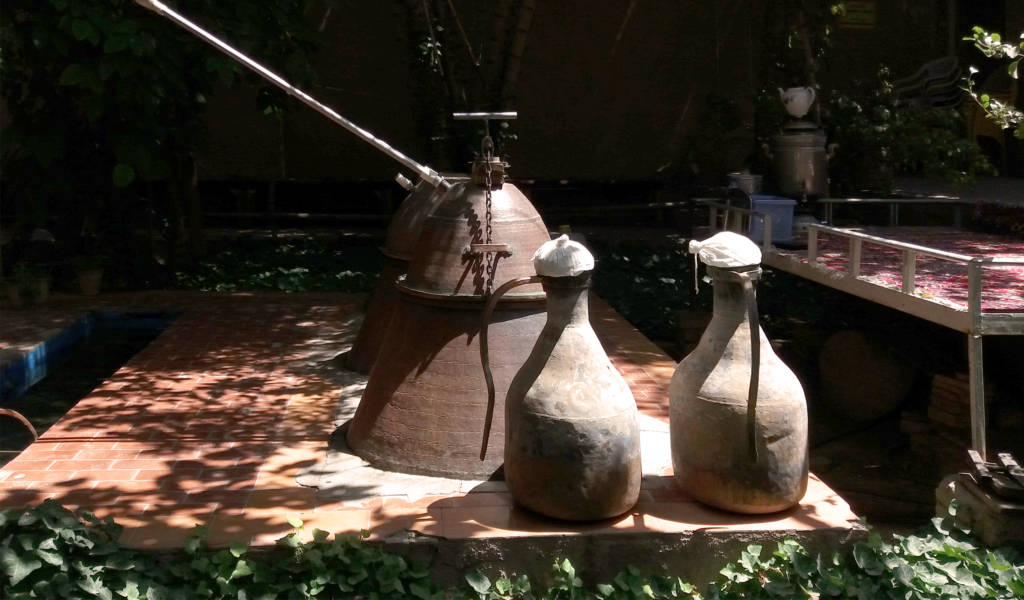
Your name: Ana Teresa Toro
Current city or town: San Juan, Puerto Rico
How long have you lived here: With the exception of two years in Spain, I’ve lived in Puerto Rico almost my whole life. I was born and raised in the center of the island, in a small town called Aibonito.
Three words to describe the climate: Tropical, Hot, Lush (You are going to be hit hard by humidity the moment you walk out of the airport, but then, you will feel the caress of the sun and the wind, and maybe of the rain as well. Also, we are obsessed with air conditioning, so you could go from sweating profusely to freezing in minutes). Also, as Gabriel García Márquez’s novel Cien años de soledad portrayed, in the Caribbean we are still obsessed with ice. Months after the hurricane —when it was really a necessity and we waited 6 or 8 hours in line to buy it— this is still a thing. Ice: the ultimate great thing.
Best time of year to visit? Christmas season (In the island it lasts 50 days and the weather is amazing, but besides that the whole country experiences a feeling of constant celebration during those festive days that start just after Thanksgiving and extend until mid-January when we celebrate Fiestas de la Calle San Sebastián, a popular festivity with a bit of the experience and feeling of a carnival. We also celebrate the Three Kings Day on January 6th, and share lots of “arroz con gandules”, “pasteles”, “lechón asado”, and our beloved “pitorro.” Most of it made by our mothers and grandmothers.)















